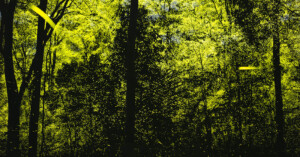
Dazzling Photos of Fireflies Lighting Up a Wildlife Sanctuary in India
A photographer has captured spectacular new photos of billions of fireflies blanketing the trees of a wildlife sanctuary in India.

A photographer has captured spectacular new photos of billions of fireflies blanketing the trees of a wildlife sanctuary in India.
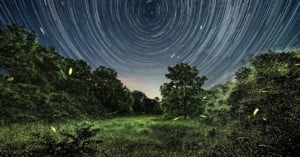
Photographer Pete Mauney's mesmeric long exposures of fireflies are not only works-of-art but shed light on the insects' behavior.
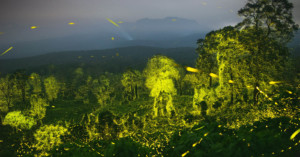
A photographer has captured dazzling photos and videos that show billions of synchronously flashing fireflies lighting up a wildlife reserve in India.
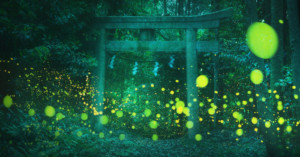
In the summer, around June and July, firefly season kicks into full swing in Japan and watching (and photographing) the natural light show is a popular pastime. Photographer Daniel Kordan shot a beautiful set of photos that captures the magic of hotaru season.
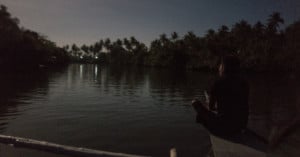
Absolutely nothing?
Ten years ago, a Nikon D3 saved me while shooting a gig in a dimly lit club. It’s expansive ISO range of 200-6400 allowed me to shoot with a 24-70mm f/2.8 at about 1/20th of a second. Good enough for jazz as it was.
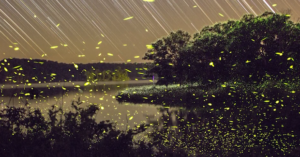
Firefly photography isn't a novel concept. In fact, long-exposure images of these glowing creatures lighting up beautiful forest scenes have appeared on PetaPixel a couple of times before... we've even featured a tutorial on the subject. But photographer Vincent Brady's firefly time-lapse above IS novel.
It's novel, not because it's a time-lapse of fireflies (we're sure that's been done a time or two) but because he combined many different photographic techniques to create something truly breathtaking.
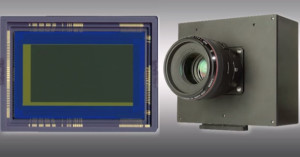
jstream.PlayerFactoryIF.create({
base: "eqa292biws.eq.webcdn.stream.ne.jp/www50/eqa292biws/jmc_pub/jmc_swf/player/",
contract_id: 628,
meta_id: 28,
player_id: 1,
width: 620,
height: 349
});
Please enable JavaScript to watch this content.
Back in March, Canon announced that it was working on a special 35mm low-light sensor that would blow away all other competition when it came to seeing things in near complete darkness. In order to further prove that point, the company sent a prototype out to shoot tiny fireflies in less than 0.01lux on Japan's Ishigaki Island.
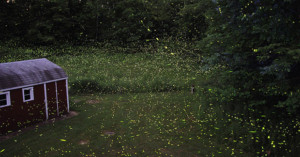
Firefly photographs are commonly shot using long exposures from a tripod. The proper exposure depends on the ratio of the fireflies' luminosity to that of the background. That ratio is constant if we assume (as is usually the case) that the background lighting doesn't change much over the course of a session. We usually would like a rather long exposure because we want to see lots of fireflies in the final image.
The problem is that fireflies flash briefly, whereas the background illumination persists for the duration of the exposure. Over the course of a long exposure the background brightness builds up to the the point where it's as bright as the fireflies, and the image looks terrible.
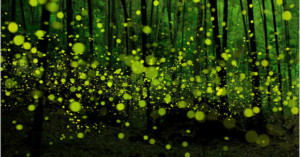
This beautiful photograph is titled "Last Dance of the Fairies." It was shot by Japanese photographer Yume Cyan in a forested area near Nagoya City, Japan.
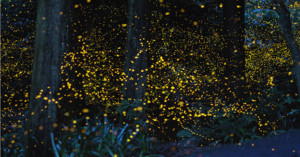
Digital Photo Blog shot these beautiful long exposure photographs of gold fireflies in Japan during the June to July rainy season, when they come together to mate.
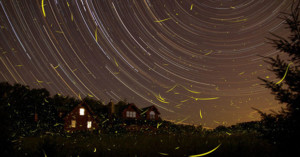
Photographer Mike Rosinski created this amazing image showing light trails from both fireflies and stars by stacking over 370 …